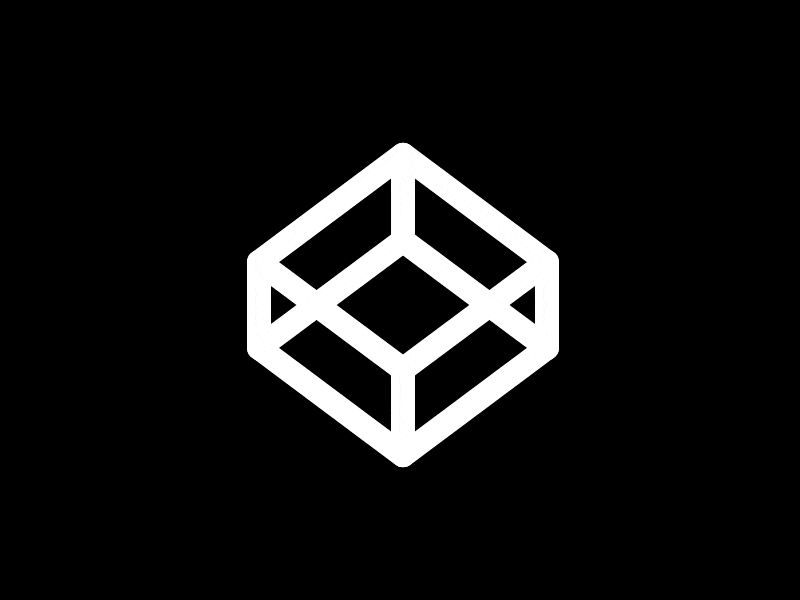
Training 1
https://vimeo.com/755657955/a17eddc4be

Getting Started
-
Switch to Advanced role

-
Enable old sketching environment
- File → Utilities → Early Access Features → Turn on “Use classic solver and UI for sketching”

-
Why use NX
- Used in industry
- NX and SolidWords are similar in terms of modeling but NX handles large assemblies better than other CAD software
- Also good at combining everything into one package
- Siemens Team Center package for sharing files
-
Create Model
- In NX, part and assembly files both end in
.prt, model and assembly are not distinct- can import and export both at same time
- Keep units the same for every part (e.g. inches)
- Save somewhere other than default location (or you won’t get write access)
- In NX, part and assembly files both end in

-
Whenever you create a part, there will be a datum- the parts origin
- Everything is tied to the datum
- Rotate- middle mouse click
- Drag- wheel + right click
-
NX features
- Assembly navigator
- Part Navigator
- history of everything in the model
-
Shorctus
wto show coordinate framef8for orthogonal lock
Create 3D Geometry- Add a rectangle
- Create Sketch
- Left click to select vector direction

- Create a rectangle using 2 points method
- Double click on a gray dimension (undefine) to bring up info and set the dimension (e.g. length = 4.5 and width = 6)

- The dimensions are now defined and locked

-
Center the rectangle by taking 1/2 the length and width dimensions
- However, the shape will become uncentered if length or width changes, so delete the centering dimensions

- However, the shape will become uncentered if length or width changes, so delete the centering dimensions
-
Click
cto use constraining dimensions- Select horizontal alignment
- Click “object to constrain”, then select midpoint of vertical side
- Click “object to constrain to”, then select the part origin
- Do the same buth with vertical alignment and using a horizontal side
- Note: In NX, the first point you select will always move to the second selection
- Select horizontal alignment

- The tick marks show the vertical and horizontal constraints

- You can also use the Rapid Dimensions tool to automatically suggest dimension placement and types

Add circles
- Add a circle
- Add Geometric Contraint- Vertical Alignment to constain center of circle to parts origin
- Set distance from origin to 1.25”
- Double click on radial dimensions and set to 0.8”

Pattern Tools
- Select Pattern Curve tool, Circular layout, select sketch origihn as rotation point
- Angular Direction- Use Count of 4 and 180 Span Angle
- You can double click on the beads symbol on the 1st instance to edit the curve

Mirror Tool
- Select Mirror Curve
- Select all 4 curves
- Select parts origin Y axis as centerline
- If we weren’t about the center, we can draw a line down the middle of the rectangle

- Exit the sketch: Click Finish to switch back to Model view

Extrude
- Select the Extrude tool and use Single Curve to select a line
- the asterisks represents open curve, which means it can be extruded but it will have no thickness
- This is a sheet body which is not recognized as a solid
- the asterisks represents open curve, which means it can be extruded but it will have no thickness



